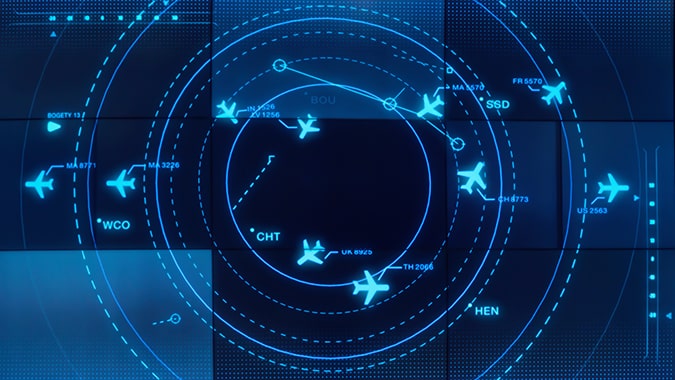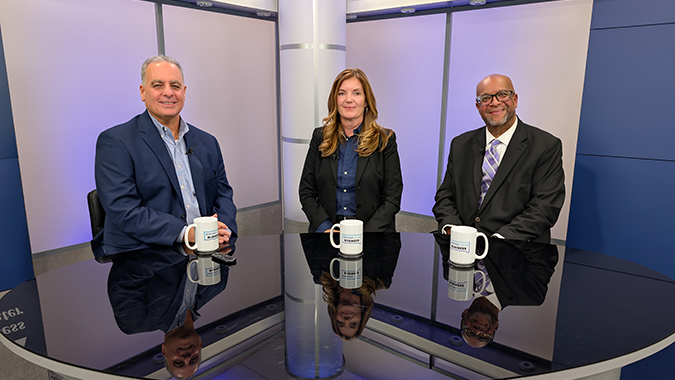The Federal Aviation Administration is confirming that air traffic controllers briefly lost radar and communications with the planes they were tracking at Newark Liberty International Airport on Friday morning, the second equipment malfunction of this type in less than two weeks.
The New York Times and ABC News reported that an air traffic controller could be heard telling a FedEx flight that their “scopes had gone black again” and had urged the FedEx pilot to contact his airline to bring pressure to get the problems fixed.
“There was a telecommunications outage that impacted communications and radar display at Philadelphia TRACON Area C, which guides aircraft in and out of Newark Liberty International Airport airspace,” the FAA confirmed. “The outage occurred around 3:55 a.m. on Friday, May 9, and lasted approximately 90 seconds.”
Newark has experienced extensive travel disruptions since April 28, when controllers located in Philadelphia lost the ability to see, hear, or communicate with planes they were tracking into and out of Newark airport, one of the nation’s busiest travel hubs. The incident led to several air traffic controllers who were on duty during that blackout to take a 45-day trauma leave, which has exacerbated staffing shortages and delayed more than a thousand flights.
United, which operates a major hub at Newark airport, announced after the April 28 incident that it would be canceling 35 roundtrip flights per day out of Newark because of the air traffic controller shortage.
“It’s disappointing to make further cuts to an already reduced schedule at Newark, but since there is no way to resolve the near-term structural FAA staffing issues, we feel like there is no other choice in order to protect our customers,” United CEO Scott Kirby said in a statement.
“These challenges are not new to Newark,” Kirby said on May 2. “United has been urging the US government for years to use its authority to effectively limit the number of flights to what the airport can realistically handle. Past failure to make those changes had led to the circumstances that United and, most importantly, our customers now face.”
The local control tower at Newark Liberty provides departure and arrival clearances to planes, then controllers at regional air traffic facility known as a Terminal Radar Approach Control (TRACON), take over and help them navigate until they reach cruising altitude.
Last summer, the FAA relocated some of Newark’s air traffic control operations to a TRACON facility at Philadelphia International Airport. These controllers had previously worked out of a facility in Long Island that covered airspace for Newark airport, New York’s John F. Kennedy and LaGuardia airport and the move was intended to reduce workload and stress.
On Thursday, the Department of Transportation announced plans to upgrade the nation’s air traffic control system to improve safety and cut back on delays. U.S. Transportation Secretary Sean Duffy the project would cost “billions” and would take three to four years to build. The plans call for new fiber, wireless and satellite technologies, new hardware and software, the replacement of old radars, and construction of new air traffic control centers and towers.




